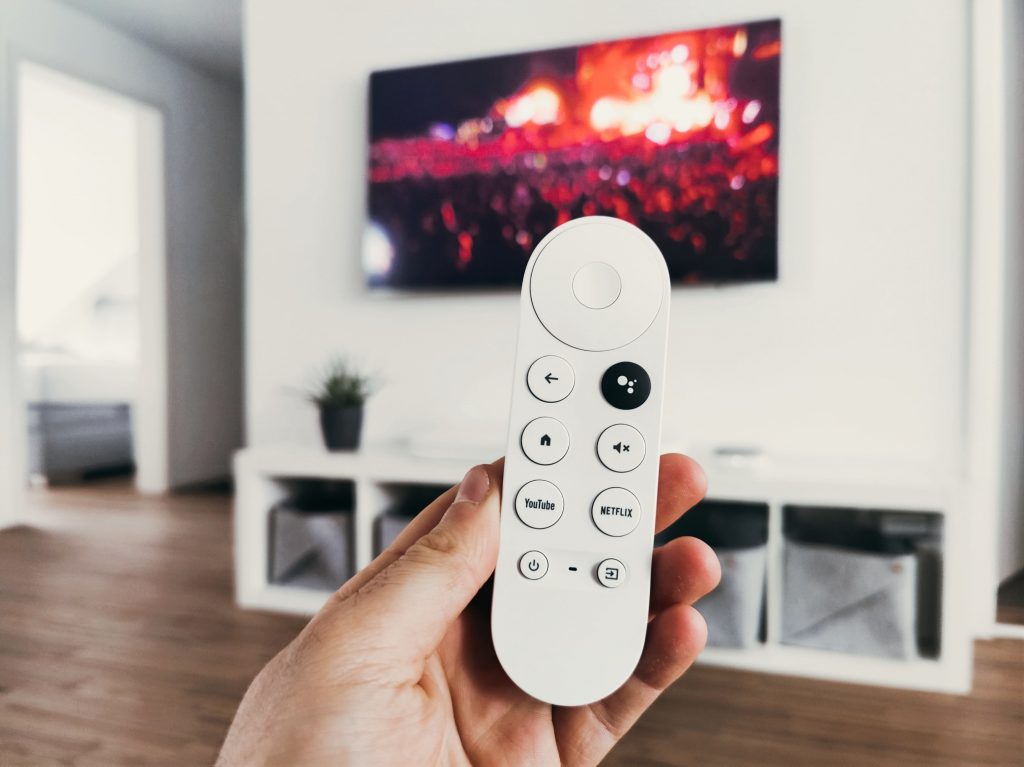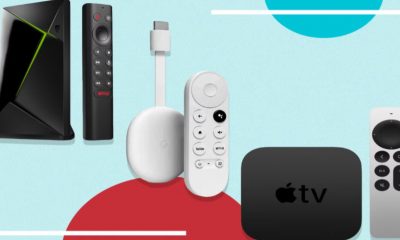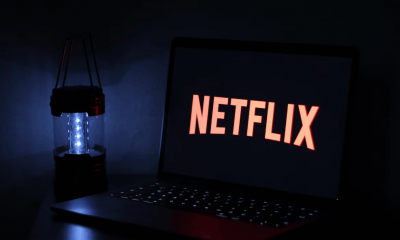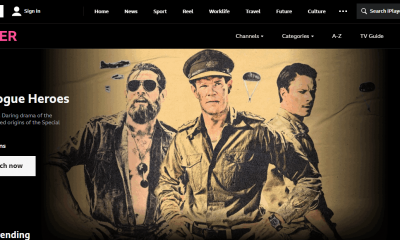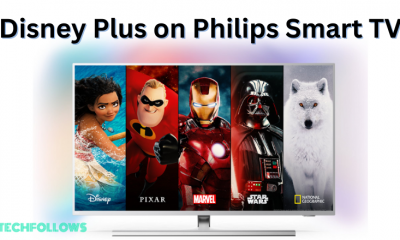Let’s look at some of the most common problems faced by Chromecast users.
1. Trouble Connecting with Wi-Fi
Weak Wi-Fi signals were a common problem with many previous Chromecast versions, although more recent models have substantially improved in this area. The fact that other factors could be impacting your signal strength does not necessarily imply that it will function flawlessly with your setup. A problematic Wi-Fi connection will completely ruin your Chromecast experience. In the sections below, we’ll discuss a few things you might do that might help things get sorted out.
Check your Chromecast’s location
The location of the Chromecast device and the distance to the Wi-Fi access point should be your first considerations. Unbelievably, there are occasions when problems arise because of how your TV’s HDMI ports are placed concerning your Wi-Fi router. The signal may need to go via the TV directly, worsening the overall signal quality. In this situation, you can think about obtaining an HDMI extension and repositioning the Chromecast farther from the TV.
Change your Wi-Fi frequency
Another thing to consider is the Wi-Fi frequency you chose to configure your Chromecast. Most wireless routers are equipped by default with dual-band Wi-Fi, allowing you to use both the 2.4GHz and 5GHz frequencies. While 2.4GHz gives reliable rates over greater distances, it is more susceptible to interference from other wireless devices. Although 5GHz has a smaller range than 4GHz, it can still push incredible speeds while experiencing less interference, making it perfect for streaming. Both have advantages and disadvantages, but the one you choose during setup may contribute to the problem.
2. Chromecast Keeps Shutting Off
Instead of using a specific charger, the majority of Chromecasts are powered by a USB cord, which is reasonably practical. Some people may even try to power their Chromecast directly from their TV, as most TVs have at least one USB port. It turns on when the TV does. But at times of high usage, the USB ports are unable to provide enough power to support more potent gadgets. In this situation, you are required to take the power brick your Chromecast came with out of the box and put it into the wall. The most recent Chromecast with Google TV is a separate gadget, though, and it consumes even more power than earlier generations did. It would help if you hooked the charging brick into the wall for it to function correctly, although there are some helpful UStroublB-C hubs for that as well.
3. The Content Does Not Show Up While Casting
Although this problem might be perplexing, it is similar to the prior solution for dual-band Wi-Fi. There is a catch when it comes to choosing the Wi-Fi network during setup. You should always be connected to the same Wi-Fi network on both your Chromecast and the device from which you are casting. If the two devices are connected to separate networks or wireless frequencies, the Chromecast won’t appear on the list. Make sure your Chromecast is connected to the same network as your primary devices in this situation. With many TV models in the market today, some will occasionally experience a Chromecast problem. Making a single gadget that flawlessly functions with every TV model available is exceedingly tricky. So, your Chromecast may need to be updated to solve these difficulties, whether the screen goes blank or has other visual abnormalities.
4. Chromecast Sound Not Working
Although the video plays flawlessly on Chromecast, users have complained about issues with the audio breaking off or just not playing. If Chromecast audio is not working properly, it is the user’s responsibility to troubleshoot these problems; fortunately, they are simple ways to resolve them.
Restart your device
Your audio may occasionally have a hiccup. Try the time-tested advice to switch it on and off again. Close the media player and stop the casting. Casting can restart after it has been entirely turned off. This can fix a lot of the most prevalent problems. Sometimes just pausing and starting again can solve the problem, but you might require restarting the cast.
Check audio settings
Sometimes Chromecast can default to your device’s sound settings rather than the TV’s. Your television’s loudness is controlled when you cast. To see if it helps, try changing the volume on your media device. The volume on your device might occasionally be different. Even a little volume change can cause Chromecast to sync and adjust the audio levels to the proper levels.
Your browser might need an update
Make sure you are running the most recent version of Chrome if you are casting directly from it. Low-quality streaming and audio issues occur from outdated Chrome cast software.
Factory Reset If Nothing Seems To Work
If everything else fails, performing a factory reset on any device nearly invariably resolves issues. It is a technique you may depend on as the last option to resolve the difficulties, perhaps, and it applies equally to your Chromecast. On your Chromecast setting, select Factory Reset under ‘System’ -> ‘About’. For older Chromecast models, you must utilize the Google Home application. As an alternative, you may start a factory reset by pressing and holding the reset button on Chromecast for five to ten seconds until it begins to flicker. Just a brief reminder: to cast from your primary devices, you must connect the Chromecast to the same Wi-Fi network as those devices.
Conclusion
Any TV may be easily converted to a smart TV using Chromecast as long as it has an HDMI connector. Although you can come across a few glitches here and there, most are simple to correct. To fix any technical issues you might encounter, follow the preceding procedures. If you have any questions, feel free to write to us!
